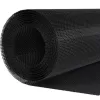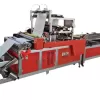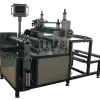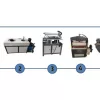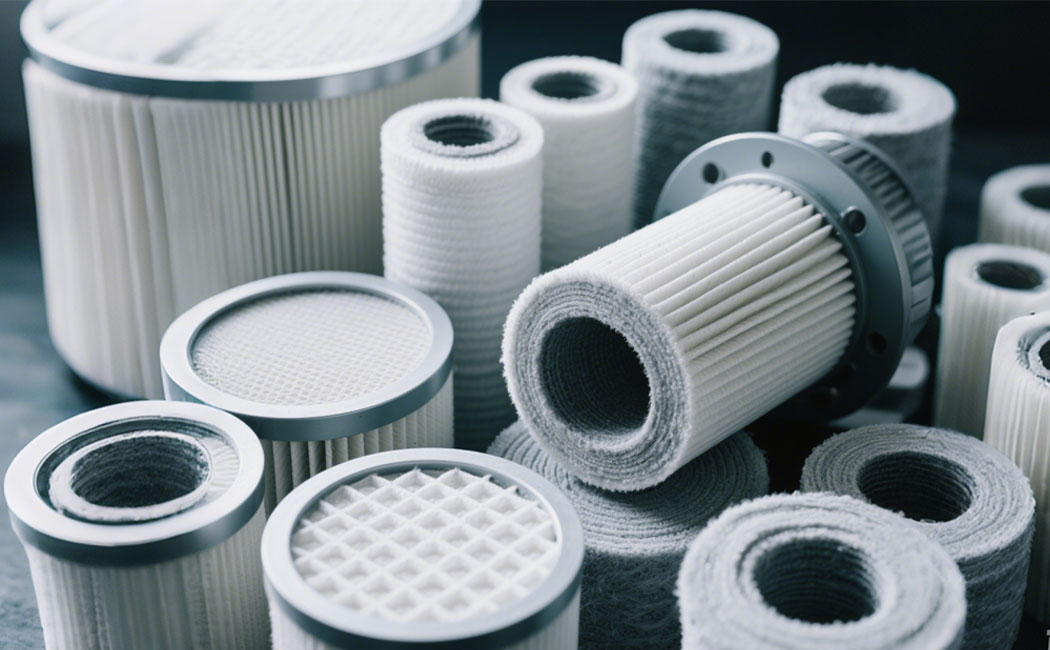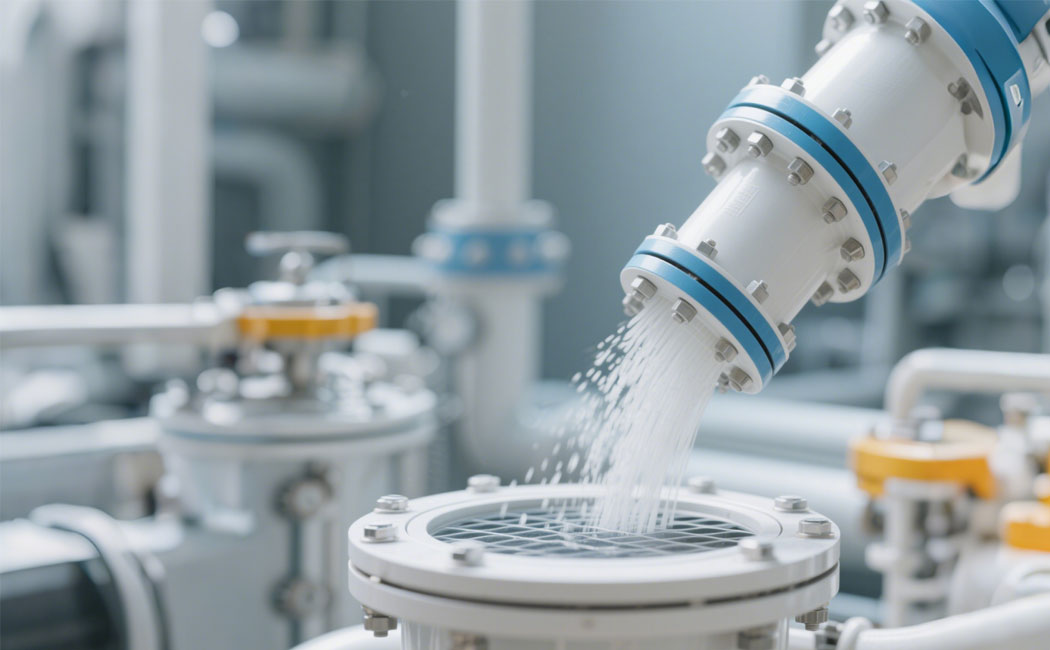The Power of Auto Cutting and Rolling Machines in Modern Manufacturing

In today’s competitive industrial environment, precision and efficiency are critical for operational success. The Auto Cutting and Rolling Machine represents a transformative advancement, streamlining the processing of metal mesh across global industries. This integrated system combines leveling, cutting, and cylindrical forming into a single automated workflow, eliminating traditional inefficiencies and enhancing quality standards. Unlike conventional setups requiring separate machines for each step, this solution reduces errors and material waste while boosting productivity. Its key functions include using upper and lower rollers to flatten coiled metal mesh, ensuring surface flatness, followed by precise cutting and rolling into consistent shapes based on adjustable parameters.
Innovative Integration: Beyond Conventional Methods
Traditional metal mesh production often involves three distinct machines—one for leveling, another for cutting, and a third for rolling—each introducing potential errors during material transfers. The Auto Cutting and Rolling Machine integrates these processes into an intelligent system, improving throughput and reducing manual interventions. For instance, automated leveling corrects distortions before cutting, while the rolling phase forms seamless cylinders ready for welding or assembly without secondary handling. Operators can quickly adjust settings like cutting length or rolling diameter via intuitive touchscreen interfaces, eliminating the need for specialized training and minimizing setup times. This adaptability is essential for handling multilayer composites or technical materials, where uniformity impacts final product integrity.
Driving Industry Adoption Through Efficiency and Cost Savings
Industries increasingly adopt this technology due to tangible benefits in space optimization, time reduction, and cost management. Replacing multiple machines with a compact unit frees factory floor space, while automated feeding and processing accelerates production cycles. Although specific numerical claims require verification, automated systems generally deliver higher accuracy than manual methods, preventing issues like irregular cylinder diameters or jagged edges that compromise product performance. For example, applications such as air filter elements demand consistent dimensions to avoid system failures, where even minor deviations can cause significant issues. The machine’s real-time diagnostics and recipe storage for different mesh types enable rapid transitions between jobs, such as shifting from 50 mm dust collector nets to 120 mm HVAC filters in under a minute, ensuring operational continuity and reducing downtime.
Transforming Diverse Industrial Applications
Auto Cutting and Rolling Machines have proven indispensable across multiple sectors. In filtration systems, they produce uniform pleated filter cartridges that maximize airflow efficiency, while industrial dust collectors rely on them for durable support nets resistant to continuous wear. The HVAC and automotive industries utilize these machines for precision-formed meshes in components like catalytic converters and exhaust systems, where dimensional consistency is vital. Additionally, architectural applications leverage the technology to create decorative cylinders with high repeatability for facades and safety barriers. This versatility stems from the machine’s ability to handle a range of materials, from tension-sensitive fabrics to stable metal meshes, ensuring broad adaptability without compromising quality.
A Strategic Asset for Future-Ready Manufacturing
The Auto Cutting and Rolling Machine is more than an equipment upgrade; it embodies a strategic shift toward integrated automation, offering scalability and competitiveness in evolving supply chains. By consolidating leveling, cutting, and rolling into one unit, it enhances production efficiency and material utilization, reducing waste and labor costs. Future advancements, such as integrated data collection systems, could further refine processes through predictive analytics.
Share:
Categories
- blog(31)
- Industry news(3)
- Technique articles(28)

